
The Indian Police Service is one of the most esteemed services in our country due to its key role in maintaining national security. In addition to the standard IPS salary, officers are also entitled to various allowances and additional benefits given by the government, highlighting the demanding nature of the service.
The IPS salary per month varies by rank. Senior-ranking officers receive a higher salary and more facilities than junior officers. Currently, the IPS salary structure is in accordance with the 7th Pay Commission, with expected revision next year.
Now, the biggest question is, what is the salary of IPS officer? So here’s a detailed guide to the IPS salary structure and various perks given to IPS officers.
What is the Starting IPS Salary in India?

While the IPS starting salary is ₹56,100 at the rank of Deputy Superintendent of Police (DSP), it increases to ₹2,25,000 per month through regular promotions and increments based on seniority and rank.
According to the 7th Pay Commission, implemented in 2016, the Pay Matrix system has various pay bands to determine the salary of IPS officers based on their rank and years of service.
The initial IPS salary in India may be modest, but it is structured to increase throughout an officer’s career. Additionally, the officers also used to receive grade pay according to their ranks, but this has ended with the implementation of the new pay matrix system.
Although there are some deductions under the National Pension System (NPS) and insurance, IPS remains one of the most secure and esteemed services in our country.
Also Read: UPSC Age Limit 2025: A Detailed Guide to Eligibility Criteria
What is the IPS Officer Salary Across Different Ranks?
Before diving into the salaries of officers at different ranks, it is important to understand these ranks briefly, as the increment in the salary is directly proportional to the higher rank and years of experience.
Therefore, the following table enlists IPS officer salary across different ranks, including DSP, SP, DIG, IG, ADG, and DGP, as per the 7th Pay Commission, for better understanding.
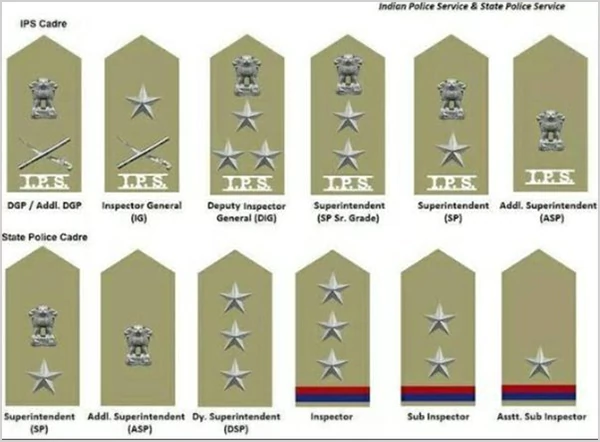
| 2025 IPS Salary Structure |
|---|
| S.NO. | Rank | Description | Salary | Pay Scale | Pay Level | Years of Experience |
| 1. | Assistant Superintendent of Police (ASP) | It is the first rank that officers get right after clearing the UPSC. Their responsibility is to supervise the law and order of a small district or subdivision. | ₹ 56,100 | Junior Time Scale | Level 10 | Entry-level |
| 2. | Deputy Superintendent of Police (DSP) | The second rank in the hierarchy is DSP. These officers are responsible for managing law and order in the district. | ₹ 56,100 | Junior Time Scale | Level 10 | 0–4 years |
| 3. | Additional Superintendent of Police | The additional SP is in charge of the district in the absence of the SP and assists the SP in specific tasks. | ₹ 67,700 | Senior Time Scale | Level 11 | 5–8 years |
| 4. | Superintendent of Police (SP) | An SP is considered the head of police and works for law enforcement in a district. | ₹ 78,800 | Junior Administrative Grade | Level 12 | 9–12 years |
| 5. | Senior Superintendent of Police (SSP) | SSP is considered a senior position in the hierarchy. The officers are responsible for maintaining law and order in multiple districts. | ₹78,800+ | Selection Grade | Level 13 | 13+ years |
| 6. | Deputy Inspector General of Police (DIG) | DIG is responsible for law and order of a zone, which includes multiple ranges. | ₹ 1,31,000 | Super Time Scale | Level 13A | Approximately 14 years |
| 7. | Inspector General of Police (IG) | It is considered the third-highest rank in the Indian Police Service. The officers are responsible for maintaining law and order in a large geographical area, often a state. | ₹ 1,44,200 | Senior Administrative Grade | Level 14 | Approximately 18 years |
| 8. | Additional Director General of Police (ADG) | An ADG works at the state level and oversees a specific branch or department. | ₹ 2,05,000 | Higher Administrative Grade & Scale | Level 15 | 25–30 years |
| 9. | Director General of Police (DGP) | It is the highest rank in the IPS hierarchy. A DGP is the head of the department and is responsible for overall management. | ₹ 2,25,000 | Apex Scale | Level 17 | 30+ years |
| Note: Other DGP posts within state police departments are paid at Level 16, ranging from ₹2,05,400 to ₹2,24,400 per month. |
Highest Salary of IPS Officer in India
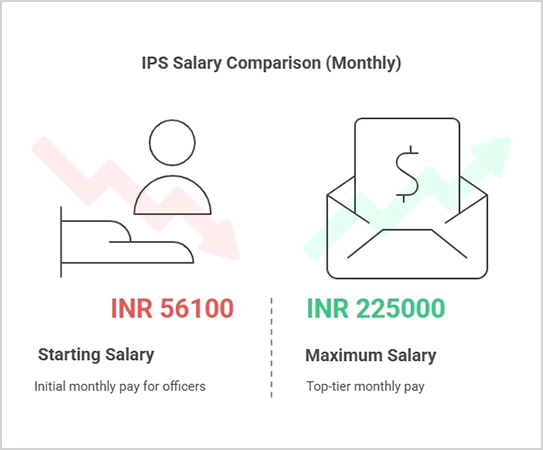
The highest salary of IPS officer in India is ₹ 2,25,000 at the rank of Director General of Police (DGP). In accordance with the 7th Pay Commission, this is the apex position in the rank hierarchy of IPS, thereby receiving the highest remuneration. However, the total in-hand salary is substantially higher than the stated number due to various allowances and financial benefits.
What is the IPS Salary after 10 Years of Service?
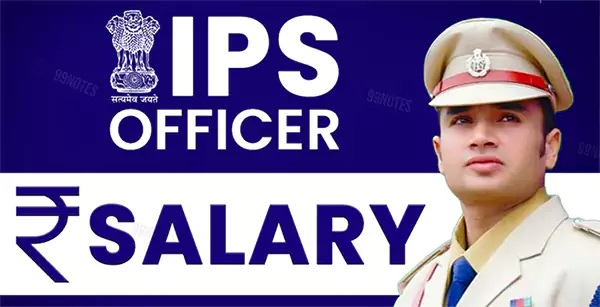
After 10 years of service, IPS officers reach the rank of Superintendent of Police (SP) with a pay level of 12, earning a salary of ₹78,800. However, this amount is significantly increased with additional allowances, such as dearness allowance and house rent allowance, among others, raising the gross salary to approximately 1 lakh per month.
Also Read: 10 Best Medical Colleges in India to Join in 2025-26
What Allowances are Given Along with the IPS Salary?

Allowances are the additional compensation provided to the IPS officers to maintain their social status. These include dearness allowance, house rent allowance, travel allowance, and special duty allowance, which are explained in detail below.
However, these allowances vary as per the rank of the officers. Senior officers receive more allowance and additional benefits than junior officers.
1. Dearness Allowance

Dearness Allowance is the adjustment allowance given to officers to compensate for inflation. It is variable in nature and revised regularly with reference to the Consumer Price Index (CPI). Currently, it is 58% of the basic pay after the revision in July 2025.
2. House Rent Allowance
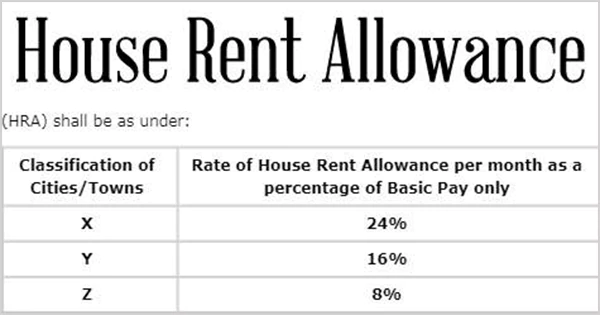
House rent allowance depends on the type of city in which the officer is posted. It is the highest (24%) for metropolitan cities, as the cost of living is higher in such cities. For cities with a population of more than 5 lakh, it is 16% whereas for cities or towns with a population of less than 5 lakh, it is 8%.
3. Travel Allowance

IPS officers also receive travel allowance to cover their commuting expenses. This involves travel both within the country and abroad for official purposes only. Circumstantially, family travel provisions are also provided to the officers.
4. Special Duty Allowance
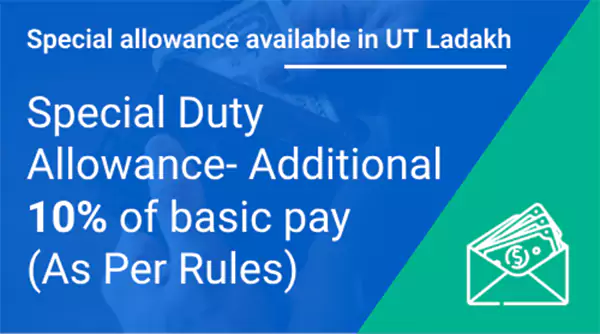
Special duty allowance is given to officers working in high-risk zones to compensate for the harsh conditions. This involves posting in war zones and sensitive areas, among others. The amount of special duty allowance depends on the years of service.
Also Read: CA Salary in India in 2025: What Freshers Earn & Average Pay
Additional Benefits for IPS Officers
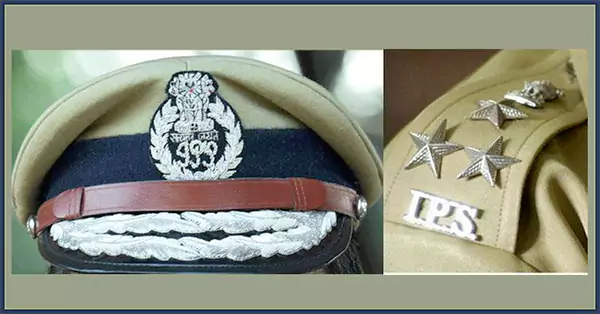
In addition to allowances, IPS officers also receive various benefits, including subsidies, accommodation, education reimbursement, pensions, health facilities, personal security, and membership to clubs and gyms.
Here is the detailed explanation of these key benefits:
- Subsidies – IPS officers are entitled to subsidized electricity and water. Additionally, they also receive complimentary Wi-Fi and telephone services.
- Accommodation – Either a house allowance or free accommodation is provided to the officers. These include bungalows and large government quarters.
- Education Reimbursement – Government reimbursement for the education fees of IPS officers’ children is provided up to a stipulated limit.
- Pensions – Lifetime pensions are the biggest advantage of any government job. IPS officers are entitled to pensions and various health benefits post-retirement.
- Health Facilities – IPS officers are entitled to health insurance and complete medical coverage for their family members. Additionally, they might also receive some health allowance from the government.
- Personal Security – Often, senior officers receive personal security, but it may also be provided to officers posted in war zones or other high-risk areas.
- Recreational Facilities – IPS officers have access to various recreational facilities, such as memberships to clubs and gyms. Additionally, they also have access to government guest houses, including subsidized stays throughout the country.
Also Read: Dmac Student Login: The Versatile Educational Portal
Comparison Between IAS and IPS Salary
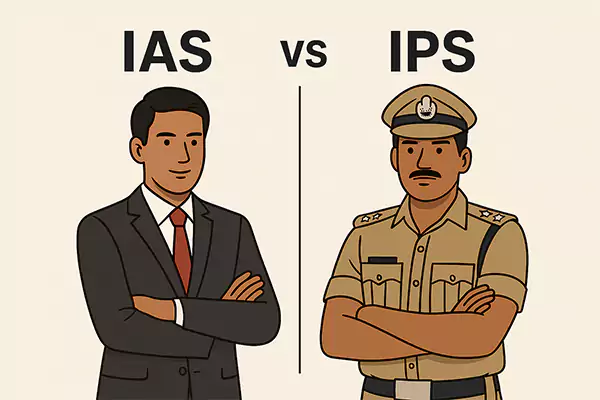
Both IAS and IPS are the most respected services in our country. While the officers of both services start at the same salary, the pay of IAS officers at higher levels can be more than that of IPS officers at senior positions.
To understand the difference between IAS and IPS salary more clearly, it is helpful to understand some of the key similarities and distinctions between these services.
1. Similarities Between IAS and IPS
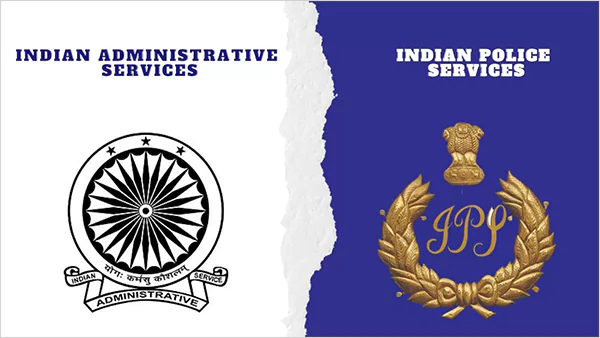
| Same Starting Salary | According to the 7th Pay Commission, the basic IPS starting salary is ₹56,100 per month, which is the same for IAS officers. |
| Allowances & Benefits | Both services are entitled to various benefits and allowances, including dearness allowance, house rent allowance or accommodation, health facilities, and subsidies, among others. |
| Increment in Salary | The salary for both services increases with promotions, years of experience, and better performance. |
| Conducting Body | Recruitment to both the IAS and the IPS is conducted through the UPSC SCE examination. |
2. Differences Between IAS and IPS
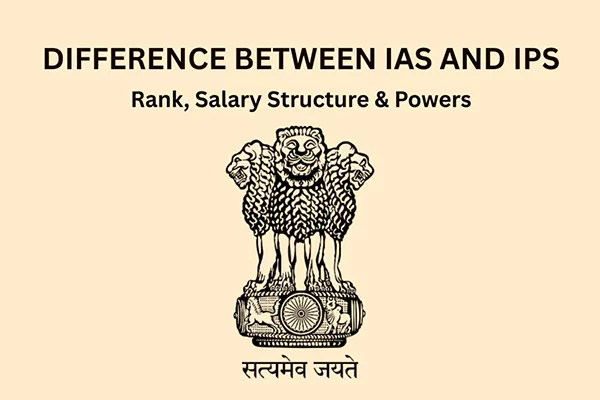
| Maximum Salary | While the highest IPS salary per month is ₹ 2,25,000 at the DGP level, the highest salary of an IAS officer is ₹ 2,50,000 at the cabinet secretary position. |
| More Allowances | IAS officers are entitled to more allowances and benefits than IPS officers. |
| Risk Allowance | IPS officers receive a higher risk allowance than IAS officers due to the dangerous nature of their work. |
| Nature of Work | The work of IAS officers is administrative and revolves around policy formation, whereas IPS officers are responsible for maintaining law and order in the state. |
Final Thoughts
IPS salary per month is influenced by several factors, including seniority, experience, and rank of the officer. Though several allowances are provided along with the salary, the monthly pay is also subject to some deductions.
Being one of the most prestigious services in our country, it also guarantees various benefits and perks to its officers.
Although both IAS and IPS are highly respected services in our country, an IAS officer is considered more powerful due to the higher m[[[[[‘’aximum salary and the administrative control over all government departments.
FAQs
Ans: The IPS officer’s salary varies according to different ranks. While the IPS starting salary is ₹ 56,100, it can go up to ₹ 2,25,000.
Ans: Yes, IPS officers receive several benefits. These include various allowances such as house rent allowance, travel allowance, and dearness allowance, among others. Additionally, they are entitled to several facilities, including subsidized electricity, security personnel, accommodation, and memberships to clubs and gyms, among others.
Ans: Although both IAS and IPS officers start at the same salary, the highest salary of an IAS officer is more than that of an IPS officer. The highest salary of an IAS officer is ₹ 2,50,000, while the highest salary of an IPS officer is ₹ 2,25,000.
Ans: Yes, IPS officers have to pay income tax, just like other individuals.
Ans: Yes, IPS officers receive a pension after their retirement based on their salary.